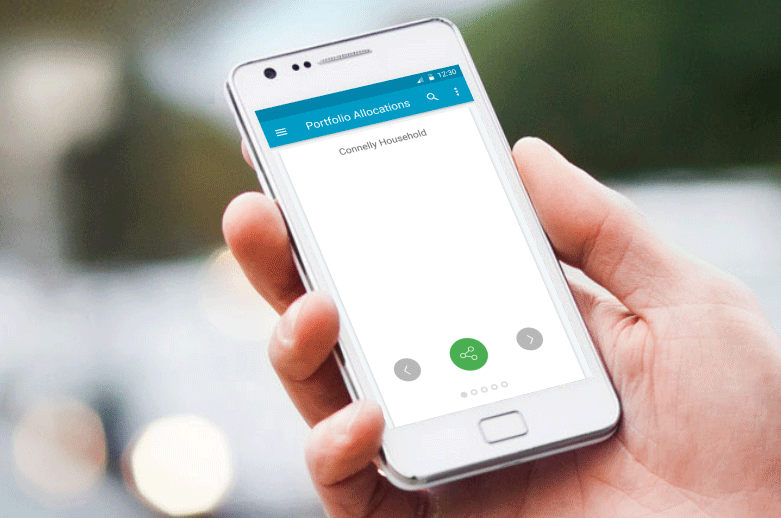What a generation to be alive! AI-powered software can do everything. From waking up in the morning till you go to sleep at nothing, every single thing can be automated to provide you the most comfort and save a lot of time. The massive technological growth is like a boon, it creates new things that make our lives better, saves our time and reduces the effort we have to put in each and every single job. One such job is usability testing.
Interesting, isn’t it? Well, what if AIs can also do usability testing? Whoa! Sounds impossible to you? It isn’t as it has already been done! For those who don’t know what usability testing is, let’s take a look to clear out the basic concept of it.
What Is Usability Testing?
Numerous software/apps/websites are coming out every day. This software needs to be tested so that a small number of users use the system of software and then find out if there are any kinds of usability defects.
In short usability test is used to determine whether the newly made software is easy to use or not, whether it’s flexible to handle various controls and adverse situations or not, whether it meets the objectives it was supposed to serve, and so on.
Why Do We Need Usability Testing?
Usability testing is a crucial part of software development that can save millions of money by timely identification and correction of errors that are present in the software. Some common errors that occur when testers start using the software are navigation problems, inconsistent error messages, expired session time, lack of proper guidance, etc.
All of these can be troubleshot once the user experience is collected from the testers. Usability testing has also been done on Unity with general public users. It has been better informed to us that we should expend further efforts to enhance the experience for users working with Unity. To get a better idea of Unity, you can always check out unity tutorials online that provide a great deal of information related to this area.
AI-Powered Software Testing Suite?
A company called Info stretch is supposed to release a high-quality engineering suite that is called ASTUTE which is likely to reduce the effort that is needed to test by 35%. The ASTUTE is going to be powered by AI or artificial intelligence and will consist of various machine learning techniques, bots, and high-end testing services.
You might be wondering, can these AI suites be as effective as human testers? The answer is yes, and there will be reduced chances of error. The company thinks that there is a lot of hunger in enterprises to build new digital initiatives, for this urge to release new things the release cycles should be faster and should require fewer resources.
Human controlled usability testing not only need a lot of workforces but it requires a significant amount of time which in turn delays the releasing process.
The Backlogs of Human Controlled Usability Testing
According to the company, there are major flaws in the human-controlled usability testing services. Let’s take a look at the backlog which they think will be solved by the AI-powered software :–
- High amounts of data are needed for it.
- More than often they have a lack of expertise and skill that is required to test the evolving digital software.
- They have limited knowledge regarding all the software related tools.
- Testing backlog due to more time-consuming. The work becomes delayed due to the human effect.
- Results might vary from tester to tester. Also, the chances of error on human-controlled usability testing are more.
This Is Why Digital Initiatives Are Getting Shunned.
DevOps processes and Agile methodologies have somewhat helped to speed up the process of releasing but not significantly. The software team of each and every company is struggling every day to keep up with the increased pace of the large testing environment that is becoming more and more complex every day.
AI-Powered Software Is The Way Out
With the help of ASTUTE companies will now be able to clear the backlogs with the help of an outcome-based approach. The focus and the priority will be given to the outcome of the software. Moreover, ASTUTE is designed in a way to prevent defects as well as predict any defects that are likely to happen.
The release cycles for new software projects will be speeded up by a lot as ASTUTE will take only a fraction of time to do the usability test than what was previously needed. Thus every phase of the testing procedure will be completely optimized, and there will be pre-configured bots to aid the testing process.
The testing maturity will be handled by high-quality engineers who will be efficient enough to incorporate all the phases smoothly. Now one might be thinking what about the engineers that used to do the testing before? Well, there is nothing to worry about them. As with the new tools, and the services which are provided by Info stretch, every engineer will be benefited.
So there might be engineers who have limited knowledge regarding machine learning, deep learning, and AI techniques. They can learn and grow with each stage and the knowledge gained can be applied for the optimization of every single stage of the QA cycle.
The various stages, which can now be maintained and taken care of by the engineers will be discovered, the automation and all the stages of the testing process and lastly the maintenance of the entire system. Thus we see how automated systems will replace manual usability testing in just a couple of years.
And why should it not? It provides so much more. Completely error free testing, reducing in the time required for testing, less physical effort, less human resources and 100% reliable results.
It is for the people to accept this or reject this brand new concept. However, seeing this from a technological level this is a huge achievement by InfoTech. Usability Testing Through AI-Powered Software is a brand new concept that has a high chance of staying and making the entire release and testing processes easier for all the software making companies. They will need so much less effort once this gets implemented in all the day to day software testing needs.



